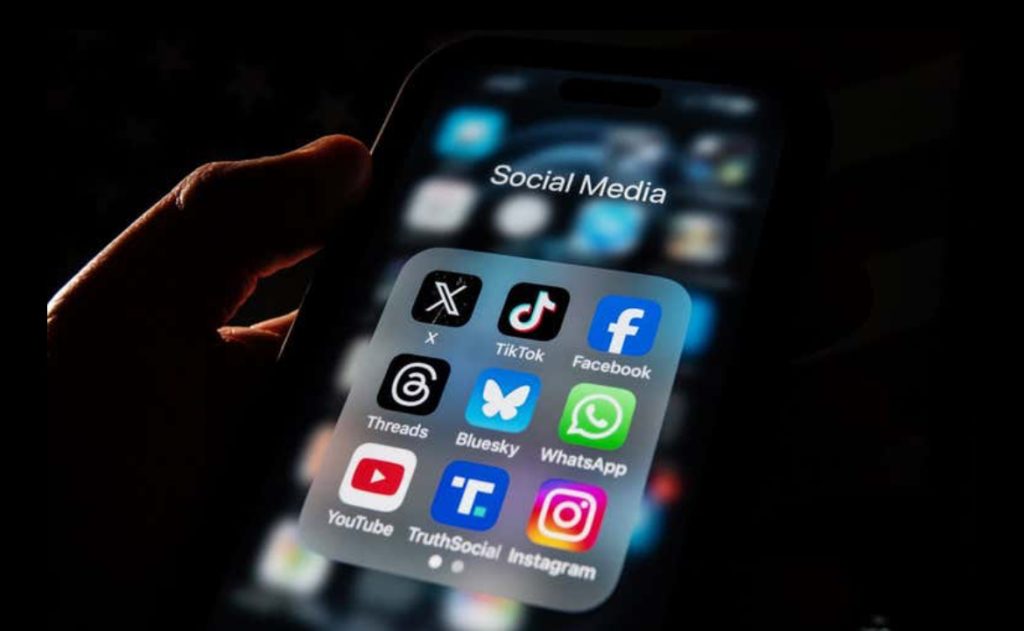
In December 2025, Australia will become the first country to enforce a nationwide ban on social media access for children under 16. Platforms like Instagram, TikTok, Snapchat, YouTube, Facebook, Reddit, and X will be legally required to take “reasonable steps” to remove underage users—or face fines of up to AUD$49.5 million. But as the deadline approaches, questions about enforcement, accuracy, and unintended consequences remain unresolved.
The Enforcement Challenge
At the heart of the policy lies a technical dilemma: how do you reliably verify a user’s age online?
The Australian government commissioned a trial of over 20 age assurance technologies, testing them on 1100 students across diverse backgrounds. The results were mixed. In one case, a 16-year-old boy was misidentified with ages ranging from 19 to 37—simply by altering his facial expression. Other tools relied on hand gestures, which proved less invasive but still imprecise.
Andrew Hammond, who led the trial at consultancy firm KJR, noted that while some technologies were “technically feasible,” they often lacked the precision needed for enforcement. The interim report suggested that age could be estimated within 18 months of accuracy in 85% of cases—a margin that leaves significant room for error.
If a user is flagged as underage after initial verification, they may be asked to provide formal ID, a learner’s permit, or school confirmation. Algorithms may also be used to detect suspicious behavior—such as liking posts about 11th birthday parties—prompting further scrutiny.
No Silver Bullet
Iain Corby of the Age Verification Providers Association, who also advised on the Australian trial, cautions that no system is perfect. “Highly effective age assurance” is the goal, not flawless detection. He points to the UK’s recent rollout of age verification for adult content, where millions of users now verify their age daily. But he warns that the closer systems get to perfection, the more friction they introduce for legitimate users.
One major loophole is the use of VPNs. Children could bypass the ban by masking their location. Corby suggests platforms will need to monitor VPN traffic for behavioral clues—such as language, time zone, and interaction patterns—that suggest the user is actually in Australia.
Is a Ban the Right Tool?
The Australian government argues that the ban will protect children from harmful content and addictive behaviors, giving them time to mature before entering the social media ecosystem. But critics say the policy may do more harm than good.
UNICEF Australia emphasizes the positive aspects of social media—education, connection, and community—and urges policymakers to focus on platform safety rather than exclusion. Cybersecurity expert Susan McLean is particularly concerned that the ban ignores gaming platforms and AI companions, where grooming and psychological harm are increasingly prevalent.
“What really bothers me is that we’re focusing on social media platforms and particularly those that work on algorithms,” she says. “But what about the children that are being found on gaming platforms and groomed and extremely seriously harmed?”
Lisa Given at RMIT University adds that the ban may offer a false sense of security. Online bullying and inappropriate content won’t disappear just because teens are locked out of mainstream platforms. “We’re kind of playing a game of whack-a-mole,” she says, warning that new technologies will emerge faster than legislation can adapt.
A Global Test Case
Despite the concerns, the world is watching. Australia’s policy represents a rare opportunity for a large-scale, controlled experiment in digital regulation. The government has committed to reviewing the impact after two years, with mental health outcomes and enforcement efficacy under close scrutiny.
“Australia is offering to the world a fantastic opportunity for a controlled experiment,” says Corby. “You don’t have this opportunity very often to get a massive sample in a neatly discrete jurisdiction and do this experiment on them.”
Whether the ban succeeds or fails, it will shape future debates on digital safety, privacy, and youth protection. The question remains: is exclusion the answer—or should we be building safer, smarter platforms for everyone?